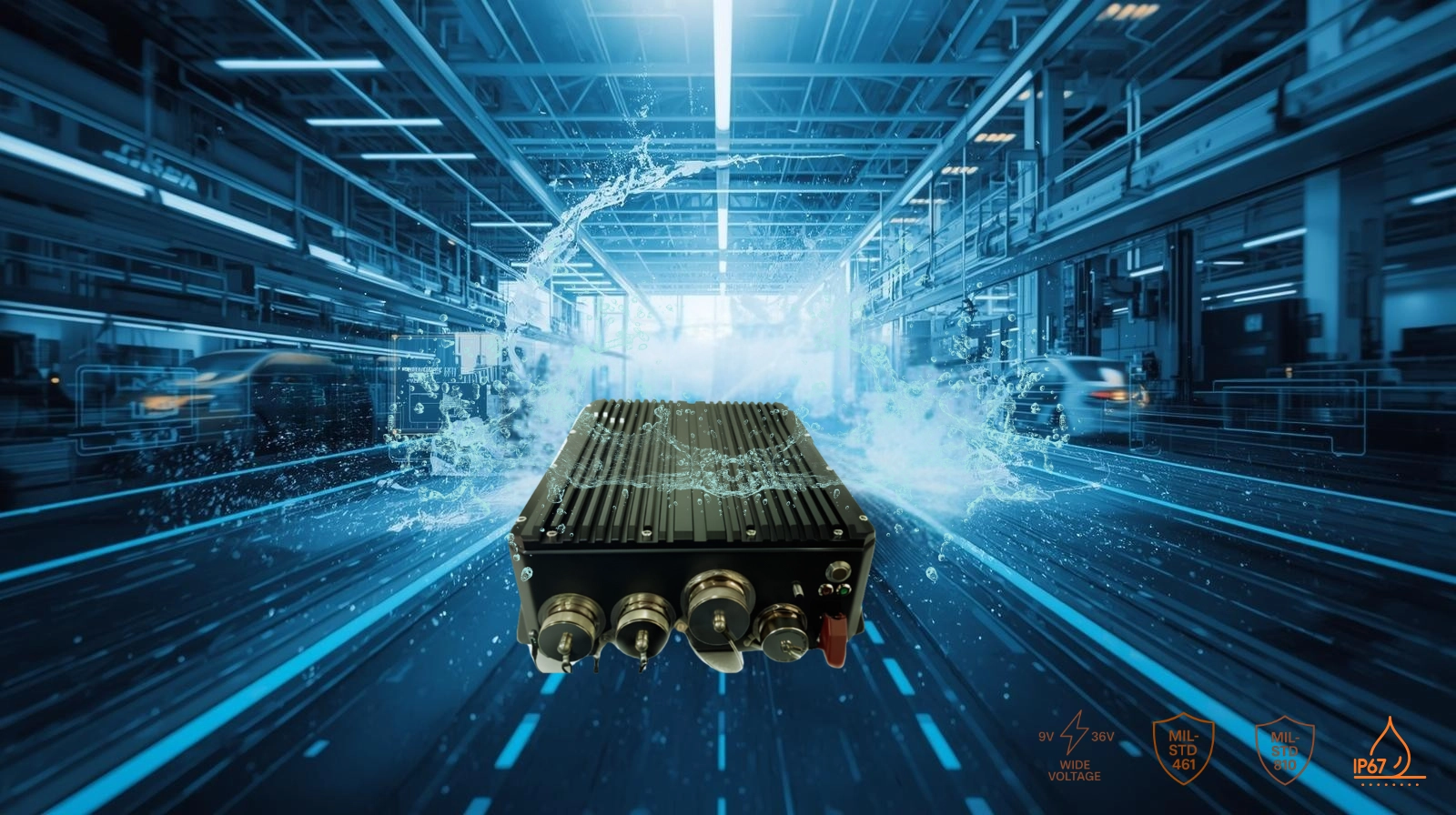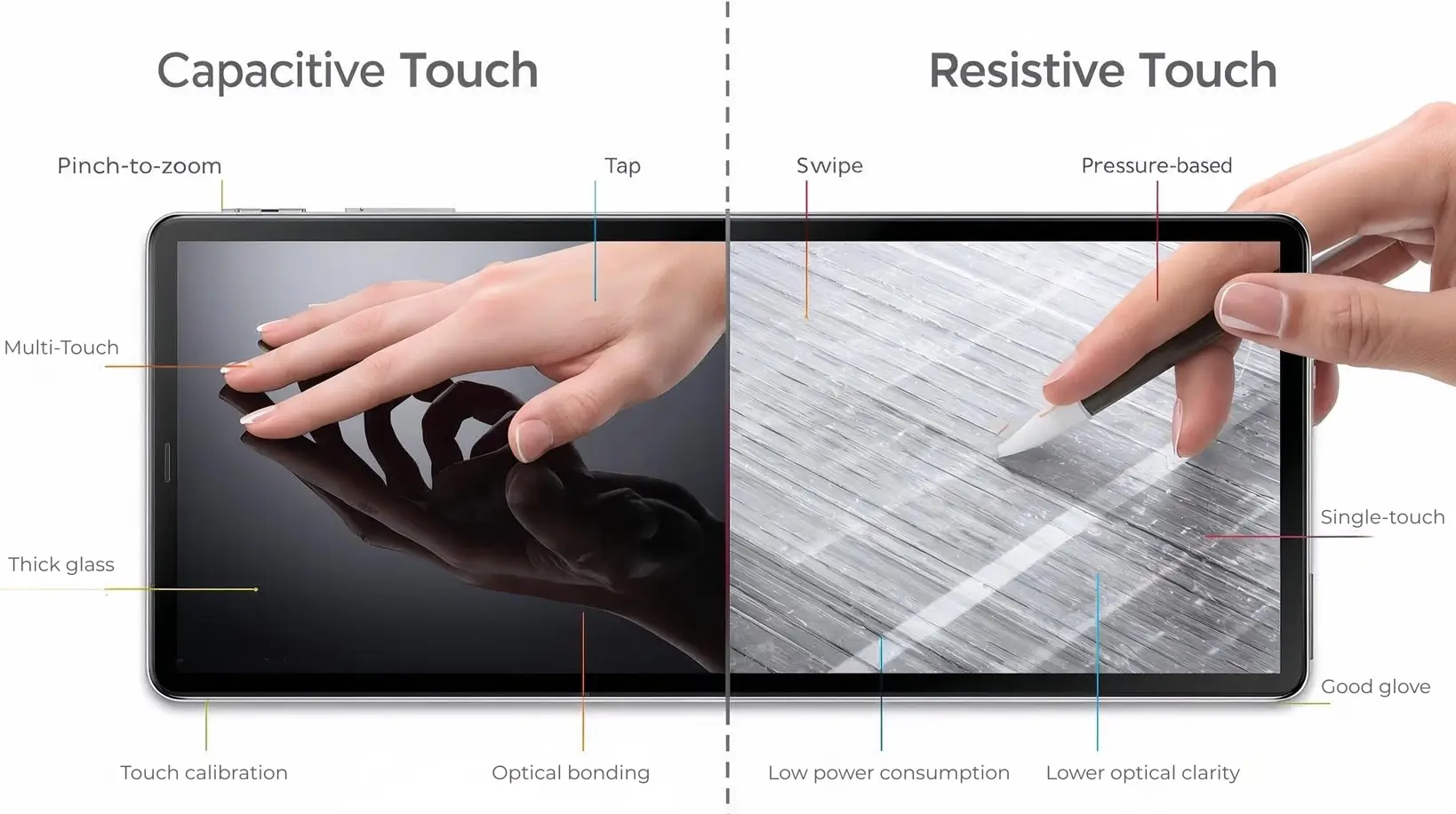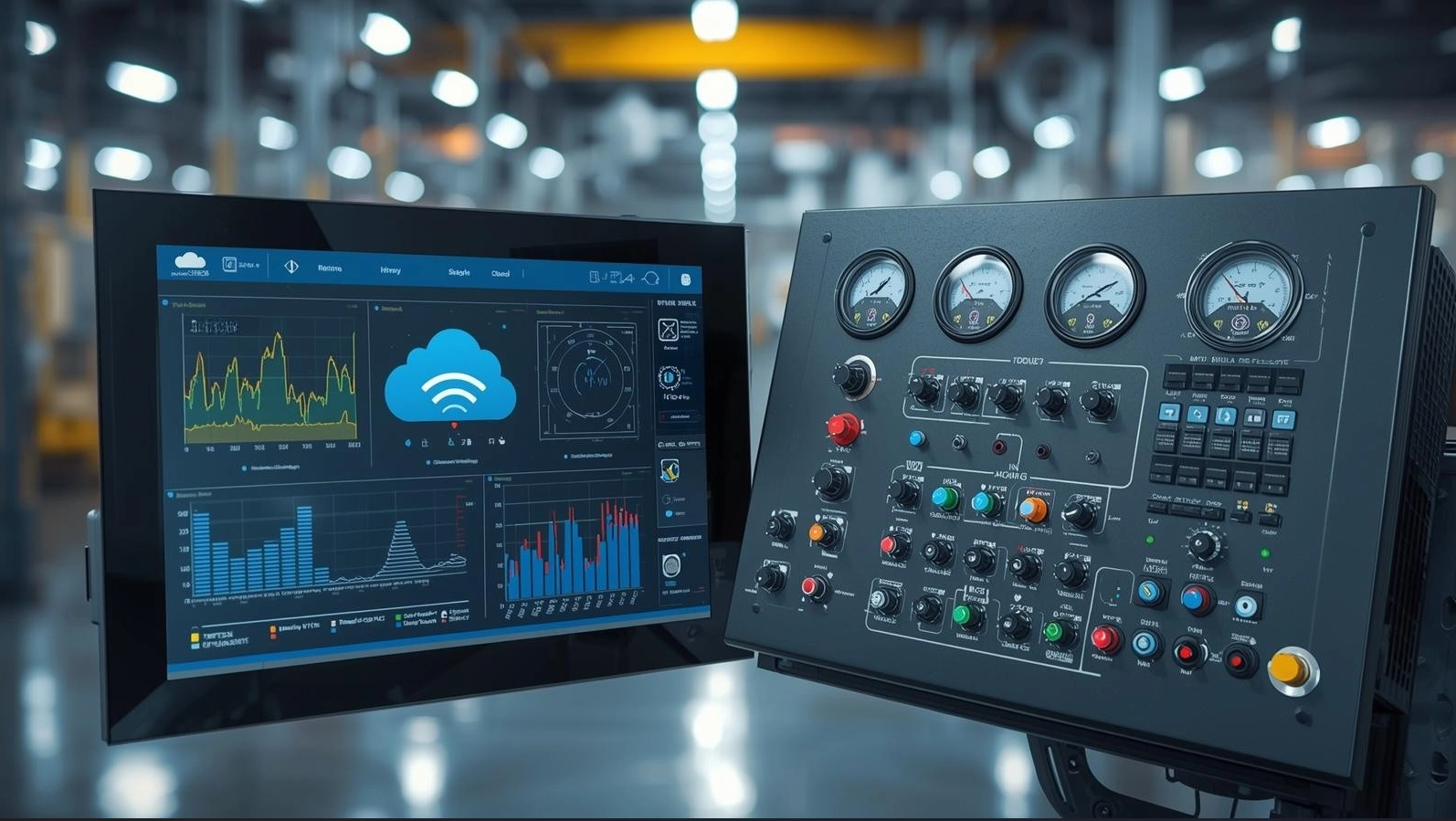Unlocking Edge AI Opportunities in Industrial Applications
In an era where industrial automation, AI inference, and smart infrastructure converge, System Integrators (SI) are increasingly tasked with delivering robust, high-performance edge computing solutions. The newly launched AI‑Ready Rugged Embedded PC (RML‑L67‑NV) emerges as a purpose-built platform designed to meet the harsh demands and complex workloads of AI-driven edge environments. Packed with NVIDIA MXM T1000 or A2000 GPUs and 12th Gen Intel processing power, the RML‑L67‑NV bridges performance with durability, delivering scalable edge AI where it’s needed most.
Market Dynamics: Why the Edge Needs Rugged AI
From the Cloud to the Edge
The global shift from cloud-only AI to edge-first strategies is driven by latency sensitivity, data privacy regulations, and the need for real-time decision-making. Industrial sectors are increasingly demanding edge devices capable of executing AI models locally, minimizing reliance on remote servers. For SIs, this means navigating a landscape that favors rugged, compact systems with GPU capabilities.
Market Growth Trends
The edge AI market is projected to grow at over 20% CAGR between 2023–2028, fueled by smart manufacturing, autonomous vehicles, smart cities, and video analytics. System integrators are now essential in customizing and deploying reliable edge infrastructure that supports vision systems, inference workloads, and AIoT applications in real-time.
Customer Pain Points & SI Challenges
| Pain Point | SI Risk | RML‑L67‑NV Value Proposition |
|---|---|---|
| Harsh environment failures | Maintenance burden & downtime | IP67 & MIL-STD certified rugged design |
| Thermal throttling in GPU modules | Inconsistent AI inference output | MXM GPU integration with industrial cooling |
| Power instability | System crashes, data loss | 9~36V wide-range isolated DC input |
| Difficult field servicing | High service costs | Modular SSD access & user-friendly layout |
Competitive Differentiation: Where RML‑L67‑NV Stands Out
In a crowded industrial PC market, most competing solutions fall short in at least one area—either performance, environmental durability, or integrability. Here’s how RML‑L67‑NV excels:
- High Computing Performance: Powered by Intel Core i7‑12700TE (12 cores) and NVIDIA T1000 or A2000 GPU, enabling real-time AI inference and complex image processing.
- Rugged Industrial Build: Certified to MIL‑STD‑810G for shock and vibration, MIL‑STD‑461F for EMI resistance, and IP67 for full dust/water ingress protection.
- Flexible Power Design: Accepts 9–36V DC with isolation, ensuring stability even under fluctuating industrial voltages.
- Maintenance-friendly: Hot-swappable 2.5″ SSD bay and modular access design make upgrades and repairs easy.
- Multi-display Capable: Dual HDMI outputs support multi-camera monitoring and HMI display integration.
Ideal Customer Profile for SI Deployment
Who This Is For
System Integrators seeking AI-powered edge platforms for industrial environments, including:
- Machine Vision integrators for defect detection and optical inspection
- Autonomous robotics (AGV/AMR) solution providers
- Smart surveillance and traffic monitoring developers
- AIoT solution designers for smart factories and infrastructure
Buyer Personas
- System Architects: Interested in compatibility, performance scalability, and modularity.
- Procurement Teams: Focused on total cost of ownership, lead times, and supply chain consistency.
- Field Engineers: Demand ease of installation, maintenance, and environmental resilience.
Key Decision Factors
- Reliable AI inference under harsh conditions
- EMI immunity and shock-proof design
- Scalability and long-term maintainability
- Rapid integration into diverse edge deployments
Application Scenarios: Where RML‑L67‑NV Delivers Impact
Smart Manufacturing – Real-Time Optical Inspection
Deploying RML‑L67‑NV in an optical inspection system enhances real-time detection of microscopic defects, scratches, or misalignments on production lines. With dual HDMI ports, integrators can easily link high-resolution industrial cameras and local HMIs for instant display. The GPU’s parallel computing boosts image recognition tasks while the rugged housing ensures continuous operation in dusty, vibrating shop floors.
AGV/AMR Autonomous Navigation – Mobile AI Processing Hub
RML‑L67‑NV can be installed onboard AGVs or AMRs to handle SLAM algorithms, path planning, and object detection. The wide voltage input and anti-shock casing allow safe operation while in motion, even in factory environments with poor power quality. Its compact design saves precious internal space and supports remote diagnostics via cloud uplink.
Smart Surveillance & Traffic Management – Edge AI for Cities
In roadside deployments or smart intersections, this embedded PC can process video feeds locally to perform license plate recognition (LPR), vehicle classification, and anomaly detection. MIL-STD-461F EMI certification ensures it operates reliably near power lines or signal transmitters, avoiding interference and data corruption.
Smart Retail & Interactive Interfaces – Engaging Customers with AI
Placed in digital signage or kiosks, RML‑L67‑NV enables interactive user experiences with real-time facial analysis, gesture recognition, and content adaptation. Thanks to its silent fanless design and modular I/O options, it blends into commercial spaces without compromising performance or aesthetics.
Frequently Asked Questions (FAQ)
Q1: What makes the MXM GPU module preferable over standard GPUs in edge PCs?
A: MXM modules offer a compact, modular design that provides high-performance GPU computing while maintaining thermal efficiency. They are ideal for rugged, fanless enclosures like the RML‑L67‑NV, supporting better system stability in harsh conditions.
Q2: How is the system cooled under full GPU load in enclosed installations?
A: The system uses a custom-designed passive heat sink and high-conductivity thermal paths, allowing for sustained operation under high load without active cooling, even when fully sealed to IP67 standards.
Q3: Is it compatible with common industrial protocols?
A: Yes. The unit supports standard protocols such as Modbus, CANbus (via expansion), and includes flexible I/O to accommodate sensors, cameras, and PLC interfaces.
Q4: Can I upgrade or replace the GPU in the field?
A: The MXM module design allows field replacement by authorized personnel. However, Beyond InfoSys offers pre-certified configurations to ensure optimal thermal and EMI performance.
Q5: What is the typical lead time and support availability?
A: Standard lead time is 4–6 weeks depending on GPU model and I/O configuration. Beyond InfoSys provides global technical support and warranty service for all system integrator partners.
Product Specs at a Glance
| Feature | Specification |
| CPU | Intel 12th Gen Core i7‑12700TE |
| GPU | NVIDIA MXM T1000 / A2000 |
| Video Output | Dual HDMI |
| Power Input | 9~36V Isolated DC |
| Protection | IP67, MIL‑STD‑810G, MIL‑STD‑461F |
| Storage | Hot-swappable 2.5” SSD |
| Use Cases | Vision AI, AGV/AMR, Smart City, AIoT, HMI |
Take the Next Step
Whether you’re prototyping your next AGV system, upgrading inspection lines with machine vision, or deploying outdoor AI devices, the RML‑L67‑NV is engineered to be your edge AI cornerstone.
👉 Explore the product in detail



